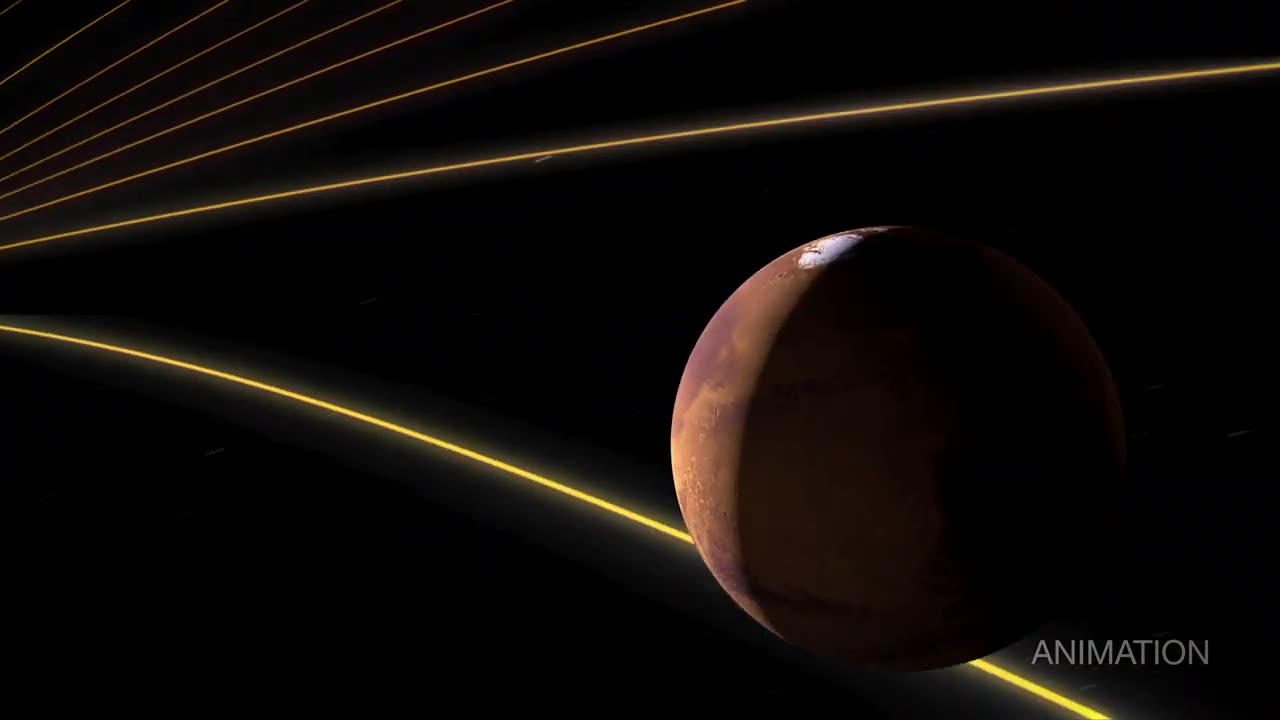Premium Only Content

How Solar Storms This Year Will Help Mars Astronauts in the Future (Mars Report - April 2024)
The Sun’s activity will be at its peak in 2024, providing a rare opportunity to study how solar storms and radiation could affect future astronauts and robots on Mars. This peak period – called solar maximum – will be observed by NASA’s MAVEN (Mars Atmospheric and Volatiles EvolutioN) orbiter and Curiosity rover. Learn how both spacecraft have a big year ahead in this video featuring MAVEN Principal Investigator Shannon Curry of the Laboratory for Atmospheric and Space Physics at the University of Colorado Boulder.
Solar maximum occurs roughly every 11 years. During this period, the Sun is especially prone to throwing fiery tantrums in a variety of forms, such as solar flares and coronal mass ejections. These events launch radiation deep into space. When a series of these solar events erupt, it’s called a solar storm.
Earth’s magnetic field largely shields our home planet from the effects of these storms. But Mars lost its global magnetic field long ago, leaving the Red Planet more vulnerable to the Sun’s energetic particles. Researchers are excited to potentially gather data on just how intense solar activity can get at Mars. Among the preparations space agencies will need to make for sending humans to the Red Planet is what kind of radiation protection astronauts would require.
NASA’s Goddard Space Flight Center in Greenbelt, Maryland, manages the MAVEN mission.
NASA’s Jet Propulsion Laboratory in Southern California leads the Curiosity mission.
Credit:
NASA/JPL-Caltech/GSFC/Scientific Visualization Studio/SDO/LASP-University of Colorado Boulder/MSSS
-
 LIVE
LIVE
TimcastIRL
1 hour agoJ6 Pipe Bomb Suspect ARRESTED, Worked With BLM, Aided Illegal Immigrants | Timcast IRL
19,193 watching -

Dr Disrespect
10 hours ago🔴LIVE - DR DISRESPECT - WARZONE x BLACK OPS 7 - SEASON 1 INTEGRATION
129K6 -
 18:42
18:42
Navy Media
2 hours agoHouthis ATTACK the Wrong U.S. Fighter Jet – Then THIS Happened…
1 -
 DVR
DVR
Sam Tripoli
2 hours ago $0.44 earnedPunch Drunk Sports LIVE!
620 -

MattMorseTV
1 hour ago🔴Trump scores 3 VICTORIES in ONE DAY.🔴
4.05K5 -
 LIVE
LIVE
Badlands Media
6 hours agoSITREP Ep. 137
169 watching -
 1:53:04
1:53:04
Barry Cunningham
4 hours agoLIVE BREAKING NEWS: President Trump And Melania Trump Host The National Christmas Tree Lighting
60.4K7 -
 LIVE
LIVE
SpartakusLIVE
1 hour agoHUGE NEW UPDATE - Aim Assist NERF, New META, New MOVEMENT || #1 King of Content
135 watching -
 LIVE
LIVE
Nikko Ortiz
1 hour agoVirtual Reality Milsim... | Rumble LIVE
122 watching -
 1:00:48
1:00:48
BonginoReport
4 hours agoFBI Nabs Jan 6 Pipe Bomber Suspect After 5 Years - Nightly Scroll w/ Hayley Caronia (Ep.190)
134K42